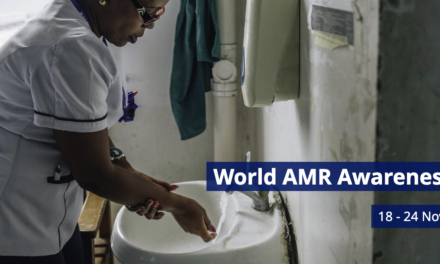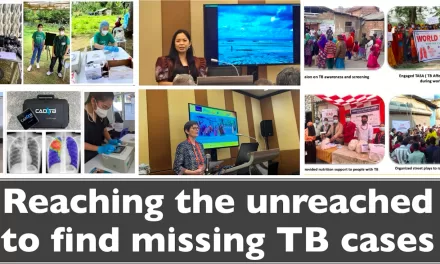Researchers from the Indian Institutes of Technology (IIT) Mandi and Jammu have discovered alarming levels of cancer-causing pollutants in the groundwater of Himachal Pradesh’s Baddi-Barotiwala (BB) industrial area. Their findings, published in the journal Science of the Total Environment, reveal significant contamination by toxic metals due to industrial activities, posing severe health risks to local residents.
Groundwater Contamination and Health Risks
The study found that the BB industrial area’s groundwater contains toxic metals at concentrations exceeding permissible limits. Reliance on untreated groundwater has led to numerous health issues, with significant cases of cancer and renal disease reported between 2013 and 2018.
Investigating the chemical hydrology of the region, the researchers identified dominant ion sources and measured the geospatial variation of toxic metal concentrations. Their analysis revealed key metals of concern and resulted in geospatial maps highlighting metal contamination and health risks across village boundaries.
Urgent Need for Remediation
“Groundwater poses high health risks through oral intake, necessitating urgent remediation,” stated Deepak Swami, Associate Professor at the School of Civil and Environmental Engineering, IIT Mandi. He emphasized the need for monitoring industrial effluents for zinc, lead, nickel, and chromium to prevent health hazards. Swami also called for policies that balance industrial development with public health to ensure sustainable growth.
Detailed Findings
The study revealed that the region’s groundwater is predominantly rock-dominated, primarily of the calcium carbonate type. While uranium levels were uniform across all samples, most metals were traced to industrial sources, with uranium and molybdenum occurring naturally. The human health risk assessment indicated high non-carcinogenic risks for both adults and children, mainly due to natural uranium, with additional risks from industrial sources of zinc, lead, cobalt, and barium. Carcinogenic risks were particularly high for adults, primarily due to industrial nickel and chromium.
Implications and Future Actions
The researchers highlighted the necessity for improved effluent treatment to mitigate these risks. The geospatial maps created from the study provide valuable insights into metal contamination and health risks, helping residents understand the situation and pinpoint pollution sources. These maps are expected to guide future policies and remediation efforts to protect public health and ensure sustainable industrial growth in the region.
Conclusion
The discovery of cancer-causing pollutants in the groundwater of Himachal Pradesh’s BB industrial area underscores the urgent need for remedial actions and stringent monitoring of industrial activities. As industrialization continues to grow, balancing economic development with public health becomes increasingly critical. The findings of this study serve as a crucial reminder of the environmental and health costs of unchecked industrial pollution.










